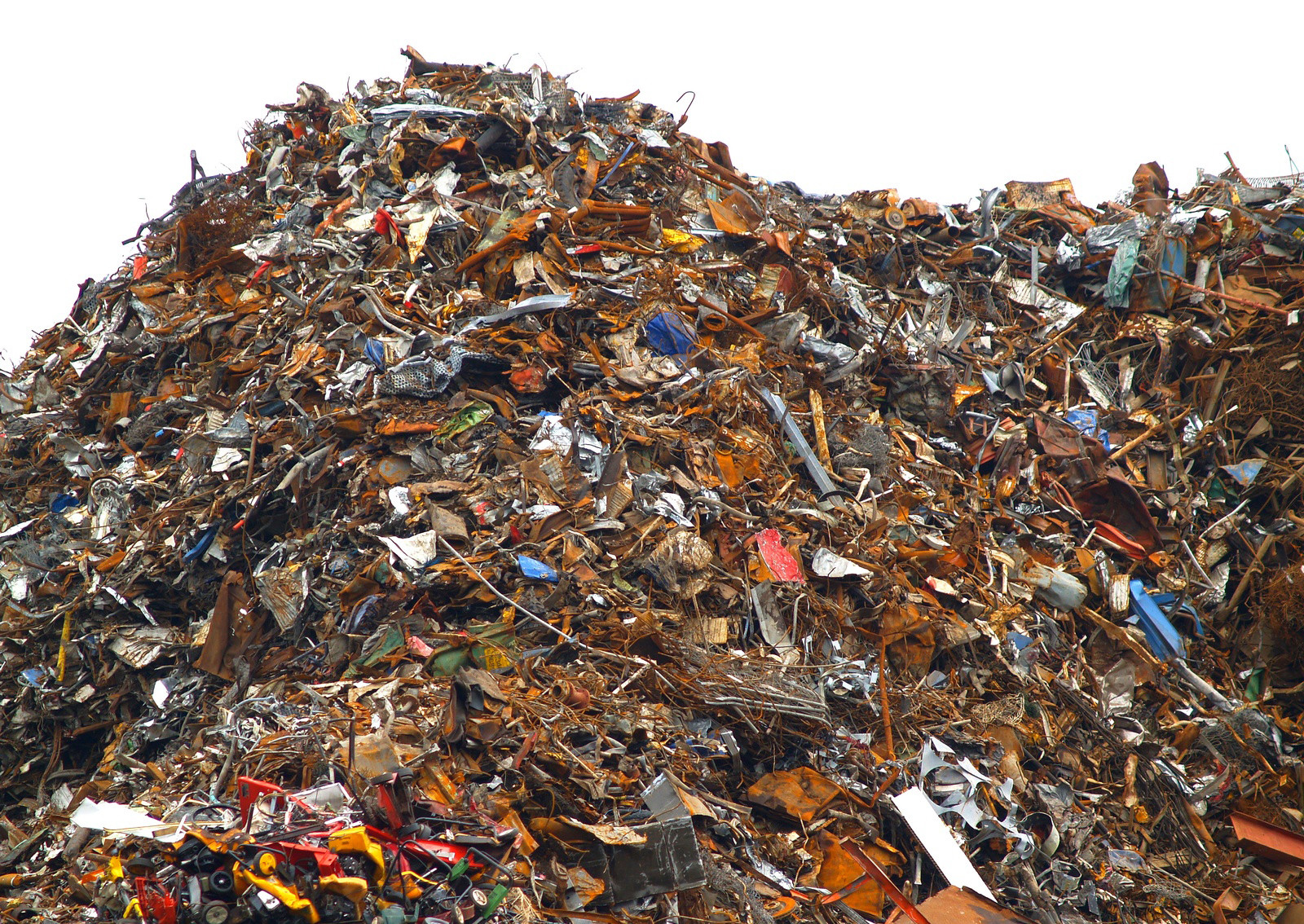
There is no trash, just resources!
What is the difference between garbage and waste? Environmental pollution versus environmental protection. What does old garbage mean? Materials of all kinds, mixed, buried in the earth, where they were destroyed in tens, hundreds or even thousands of years, depending on the composition. Large areas lost for agriculture, housing, human activity. In short, the pollution of our environment and our county, affected health, waste of resources.
Waste means a new attitude. We love resources, so we recycle and reuse everything to the maximum, because we love Bihor. Only what remains after we separate the recyclable waste from the biodegradable waste and then the recyclable waste between it and put it correctly, wherever it is destined, only what remains after this process can we really call “garbage” or, more correctly, Residual waste.
Examples of residual waste: pet residues, vacuum cleaner bag contents, cigarette butts, used napkins, and very dirty packaging, disposable dirty disposable utensils, disposable diapers and hygienic wipes.
The smaller the waste than the recyclable waste, the more we value the resources, minimizing their waste.
WARNING!
Although they are recyclable materials, the following categories of waste are not deposited at selective collection points:
- Electrical and electronic equipment
- Batteries and light bulbs
- Construction waste
- Tires
- Car batteries
- Textile waste
- Bulky waste (e.g. an old mattress)
- Toxic or medical waste
For these categories of waste, it is necessary to ask the sanitation operator to pick them up specially or place them in special collection centers.
In short, we recycle in 2 steps:
- Separate waste, even at the site where it occurs, by the types described above.
- Go to the selective collection point near the house and place it in categories, following the color of the container.
